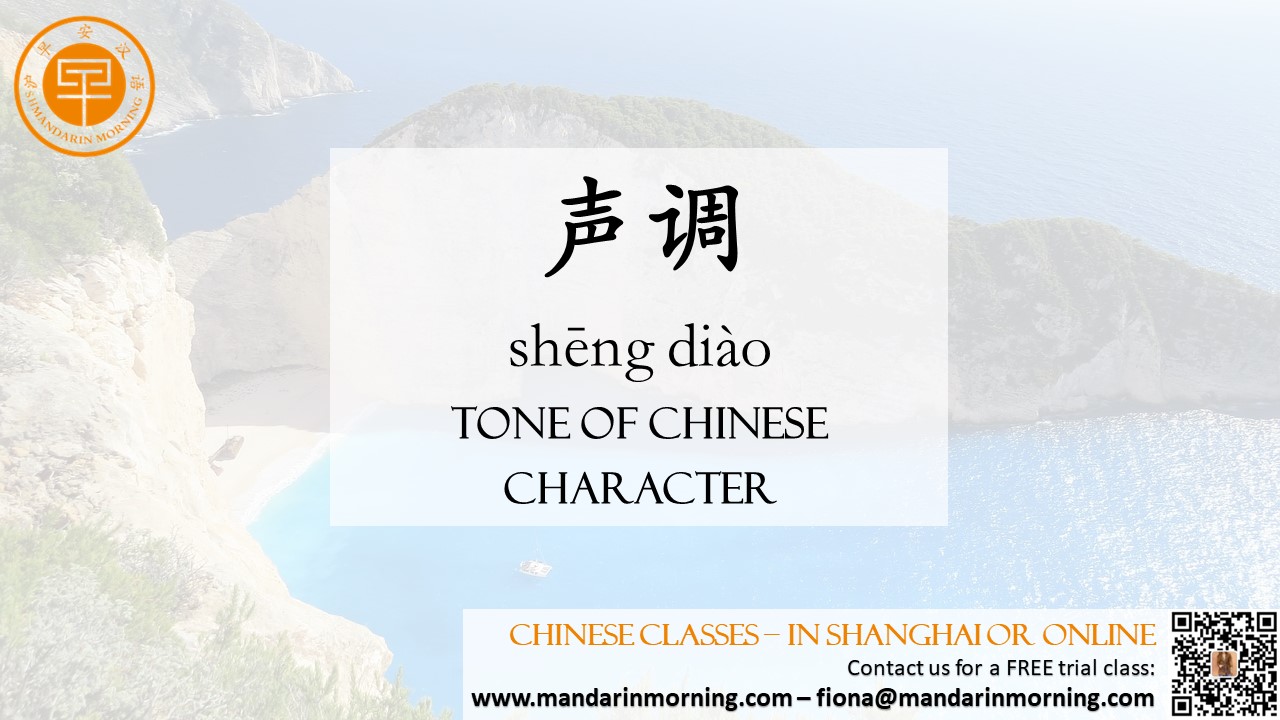【Learn Chinese】What Tones exist in Mandarin? |
| Standard Mandarin, or Putonghua, is most commonly said to have four tones (四声 sìshēng). This number is sometimes given as five or even six depending on whether or not you count the neutral tone and the half-third/low-guttural tone. One of the reasons that many Mandarin learners struggle with tones (声调 shēngdiào) is that they sometimes change depending on the context in which they’re used. To understand these tone changes, we first need to understand the original, unchanged versions of Standard Mandarin tones.  The Standard Mandarin tones The following tones are found in Standard Mandarin Chinese: First tone: The first tone 阴平 (yīnpíng), usually called 第一声 (dìyīshēng), is steady and level, meaning it doesn’t rise or fall. It’s generally also described as a high tone. The word 高 (gāo; high, tall) is pronounced using the first tone. Second tone: The second tone 阳声 (yángpíng), usually called 第二声 (dì’èrshēng), is a rising tone. The word 茶 (chá; tea) is pronounced using the second tone. Third tone: The third tone 上声 (shàngshēng), usually called 第三声 (dì sān shēng), is most commonly taught as a dipping tone that falls and then rises, as in 买 (mǎi; to buy). Note that when combined with other syllables, the third tone frequently undergoes major pronunciation changes. Due to this fact, some authors argue that in addition to the third tone, there exists another tone, called the half-third tone. This half-third tone is a low-guttural tone that falls slightly but does not come back up. Fourth tone: The fourth tone 去声 (qùshēng), commonly referred to as 第四声 (dìsìshēng), is a falling tone. The word 树 (shù; tree) is pronounced using the fourth tone. Neutral tone (sometimes called the fifth tone): The neutral tone 轻声 (qīngshēng) is weak and unstressed in the mid-flat range. It frequently appears as the last syllable of disyllabic Chinese words, such as 东西 (dōngxi; thing), and never appears as the first syllable. Some linguists don’t consider the neutral tone to be an actual tone, but most learners hear it as one. The importance of tones in Mandarin Tones in Mandarin are extremely important and shouldn’t be ignored. It’s true that if you mix up your tones while trying to say something very basic or obvious, Chinese people may still be able to guess your meaning based on context. If, however, you’re trying to communicate something specific without the help of gestures or contextual clues (like when you’re on the phone), using tones is absolutely essential if you want to be understood. In cases where the pinyin spelling looks the same, differences in tone represent the only way to distinguish one word from another aside from looking at the character itself. For example: 外教 (wàijiào; foreign teacher), 外交 (wàijiāo; diplomacy), 崴脚 (wǎijiǎo; to sprain one’s ankle) 教师 (jiàoshī; teacher), 教室 (jiàoshì; classroom), 礁石 (jiāoshí; reef) The above examples show why you can only ignore tones at your own risk! |